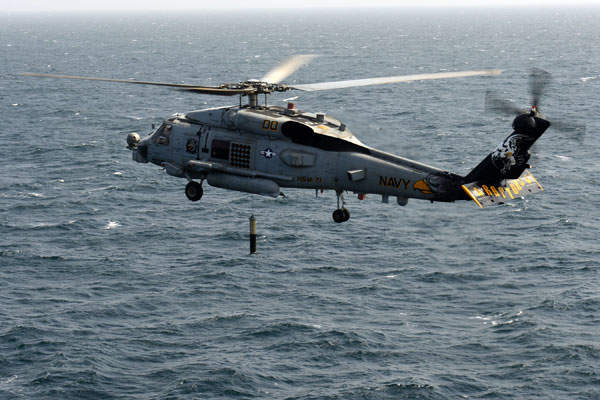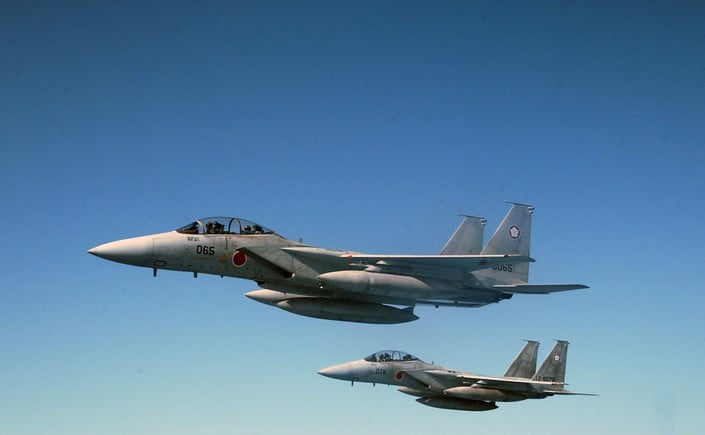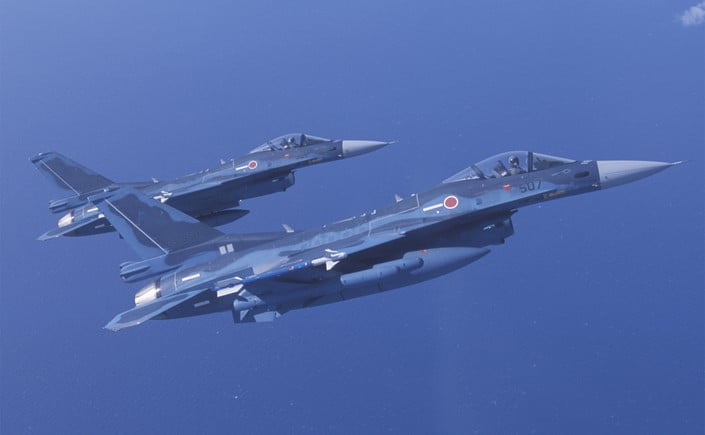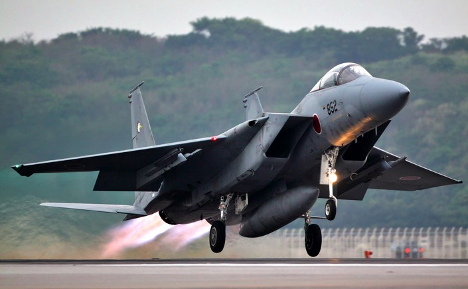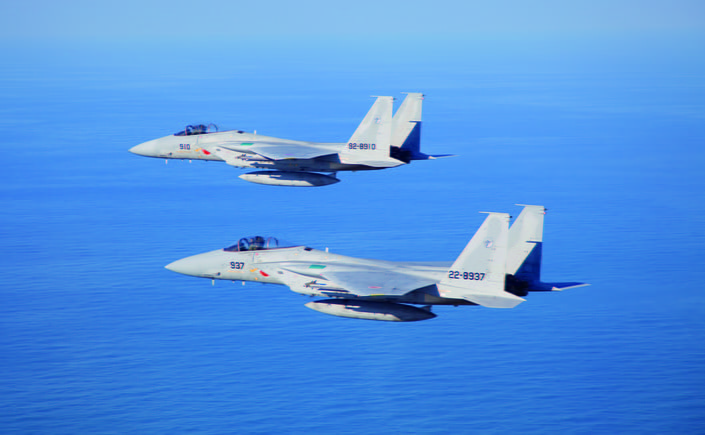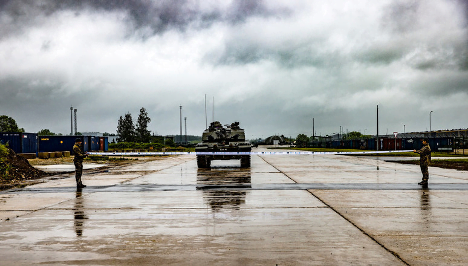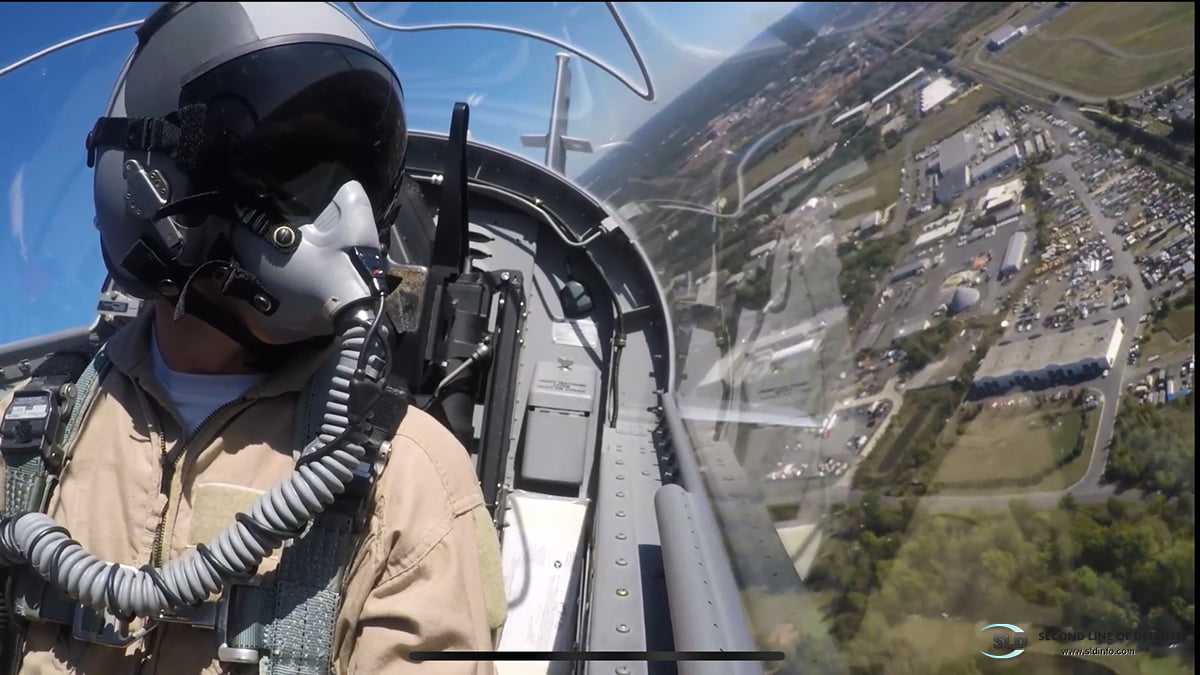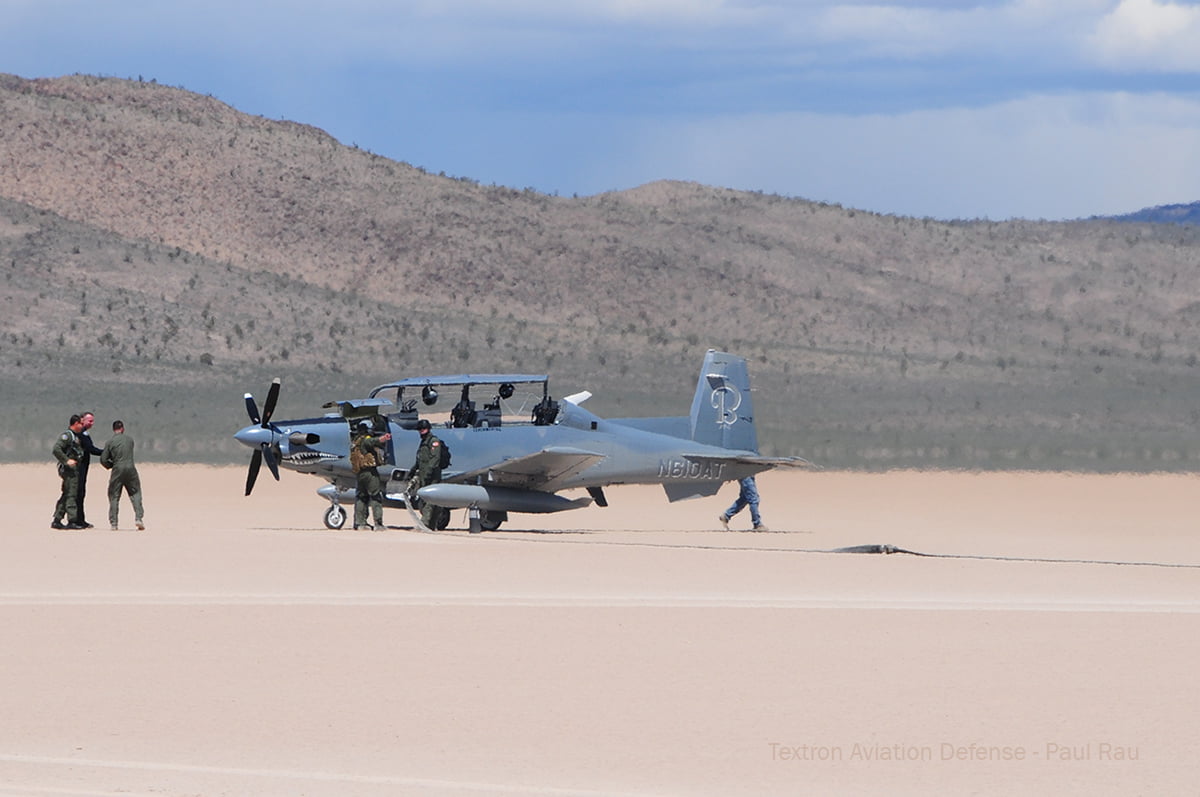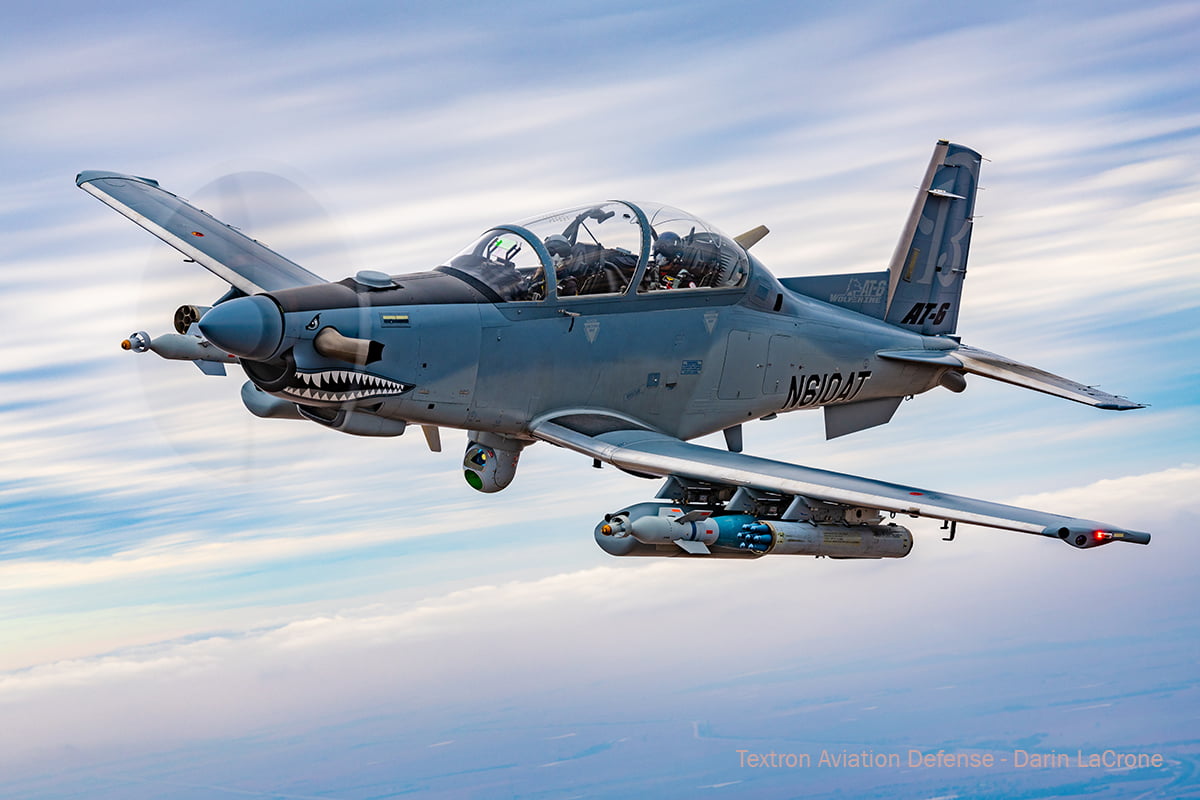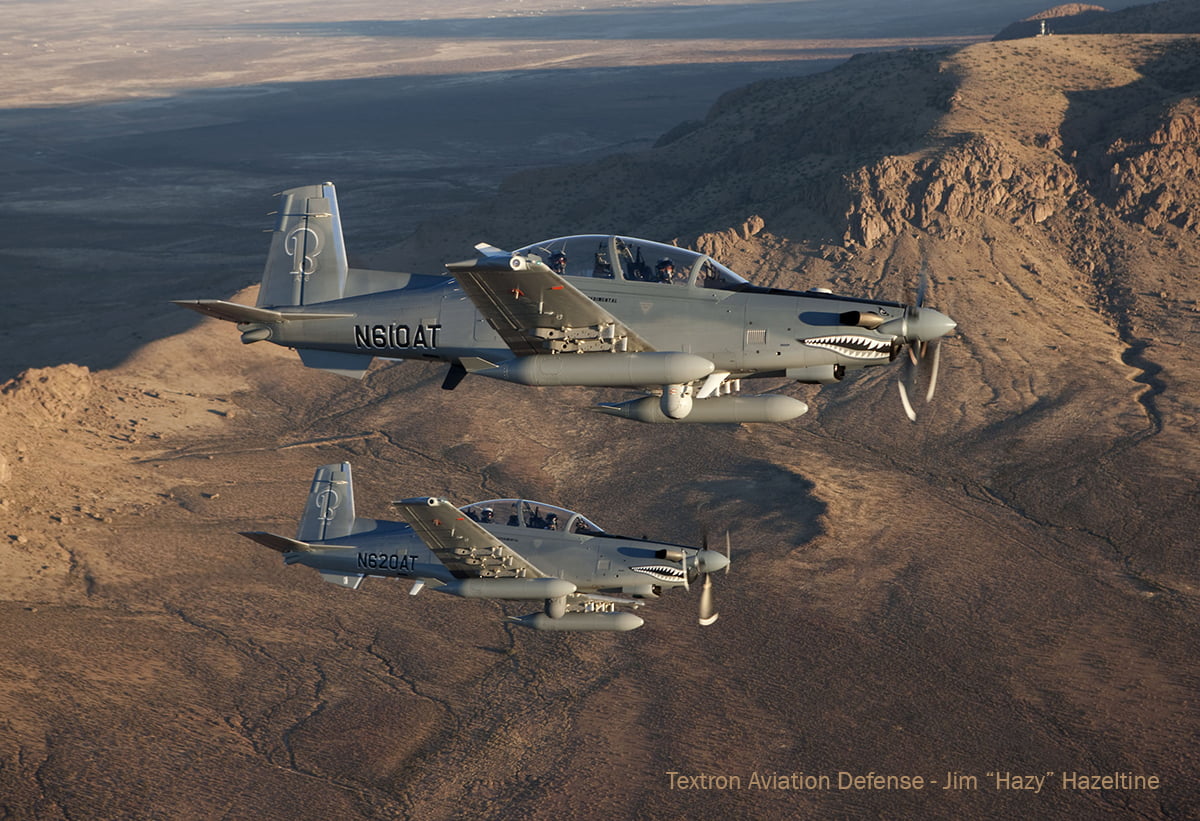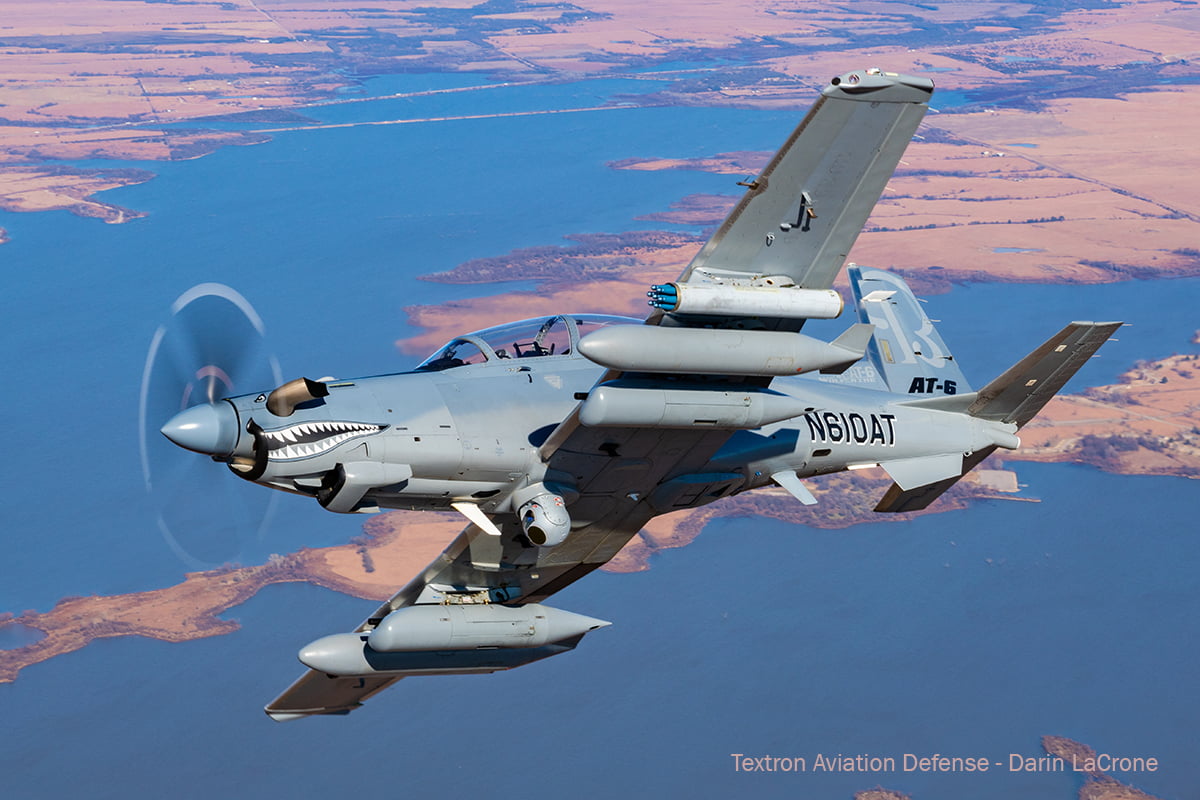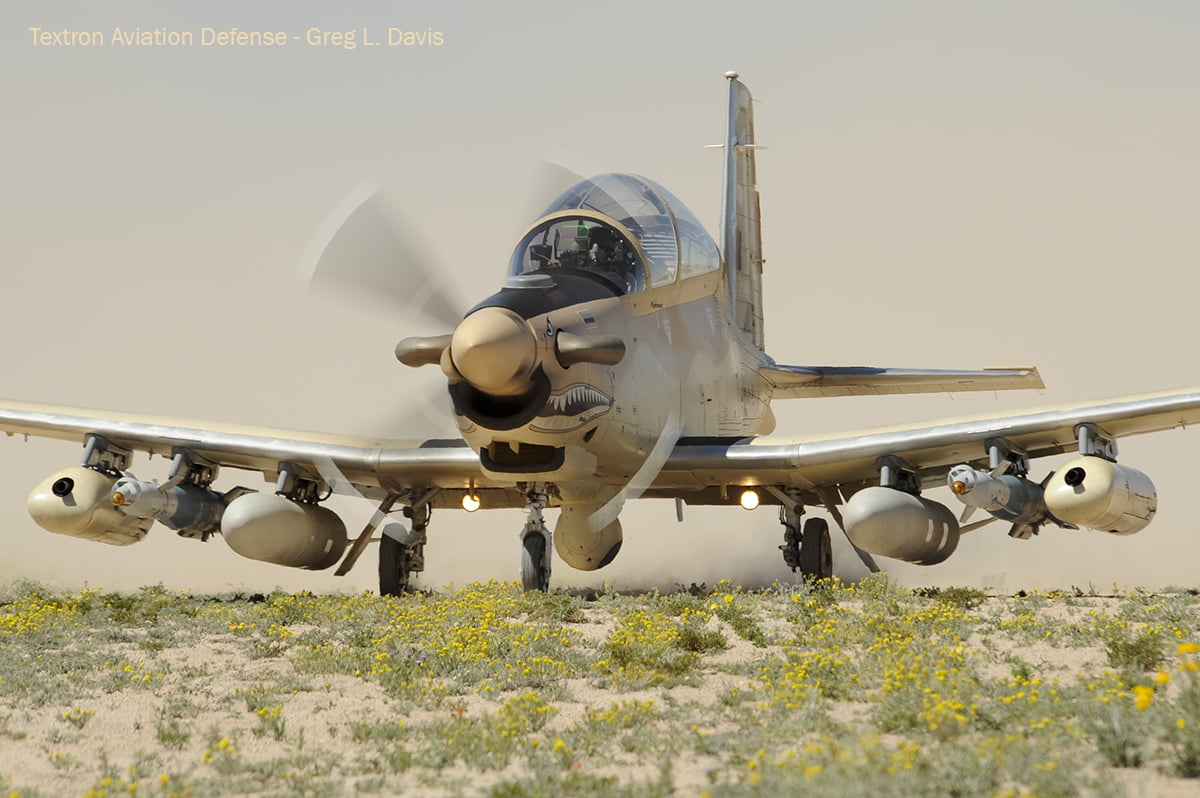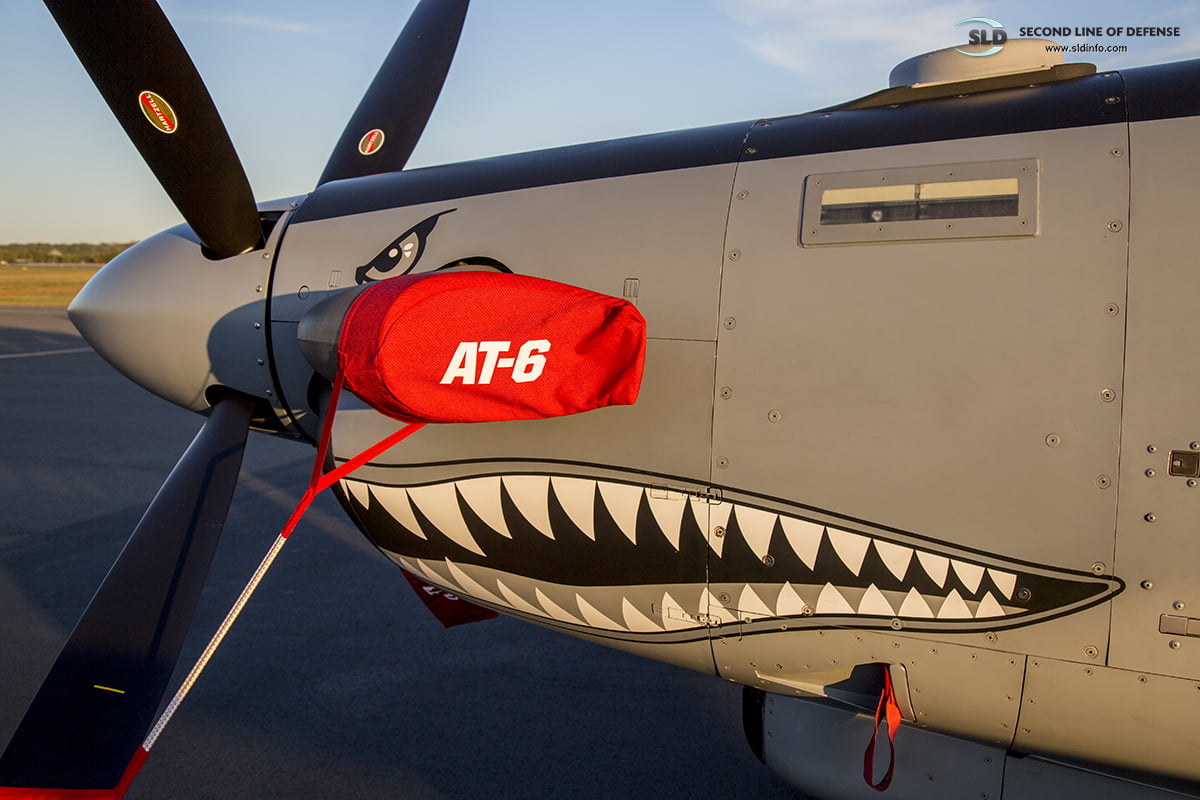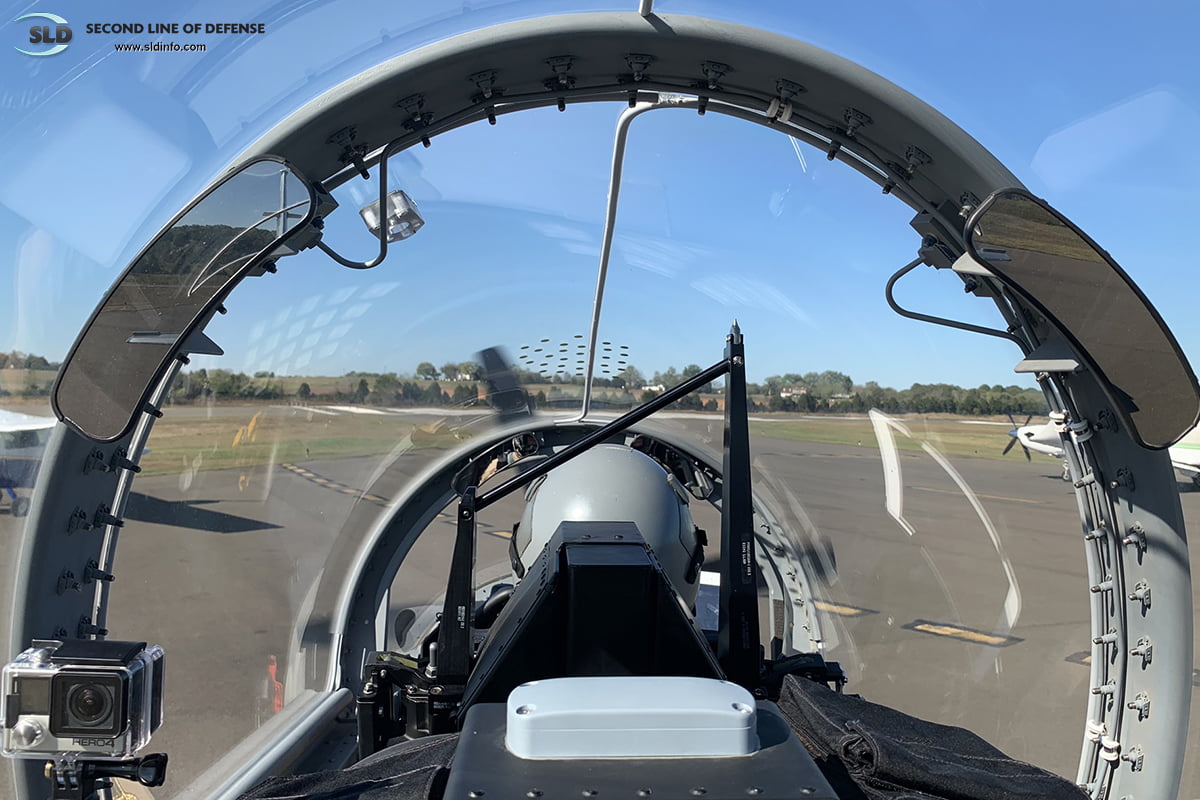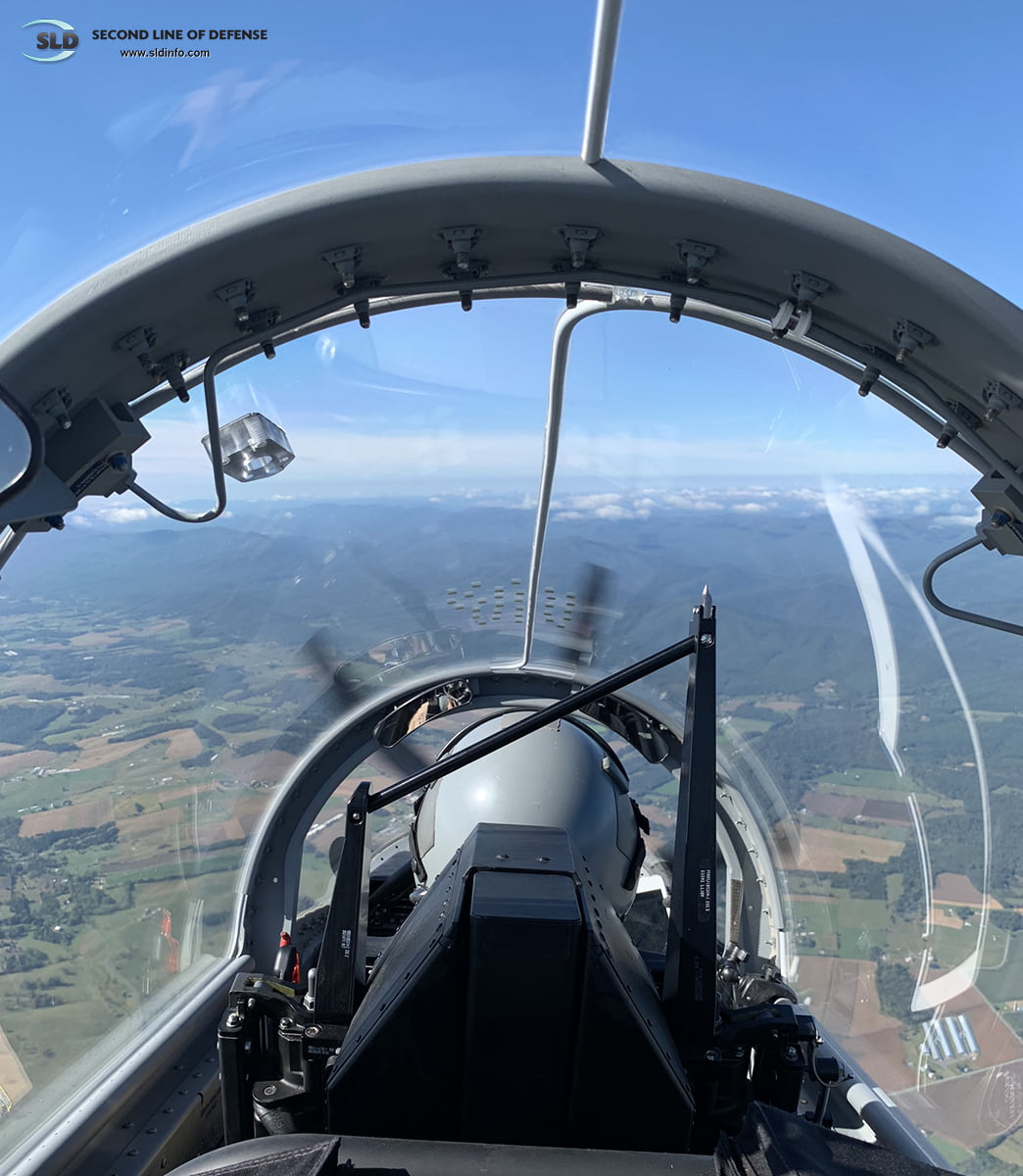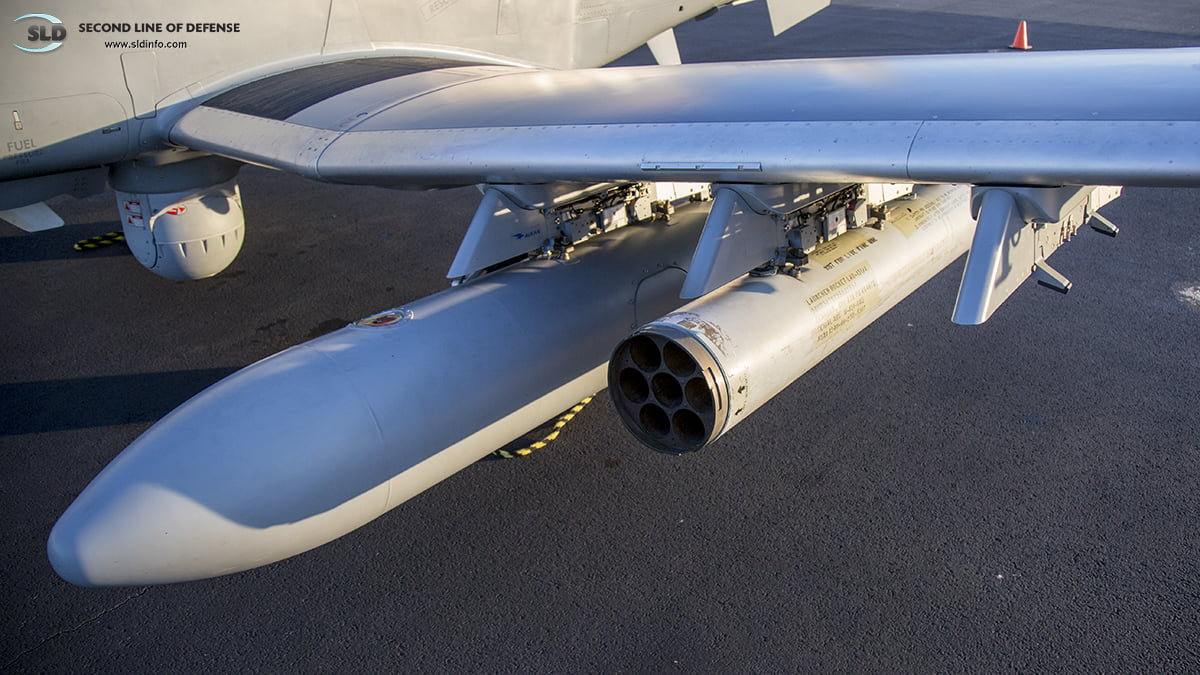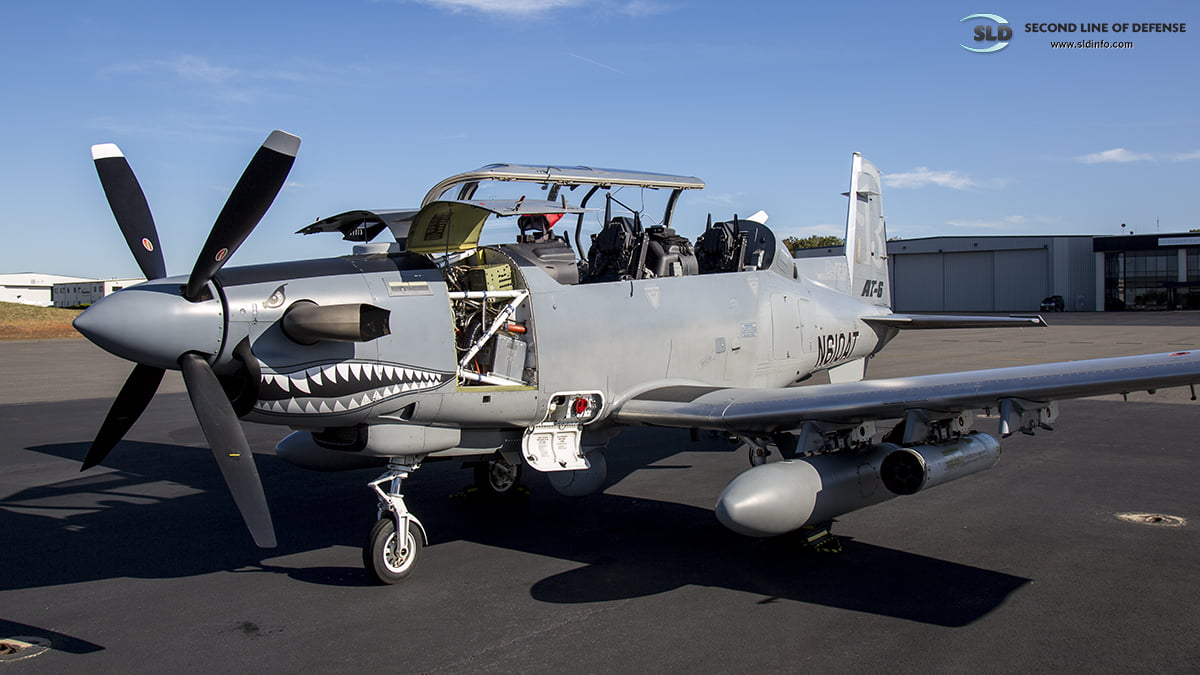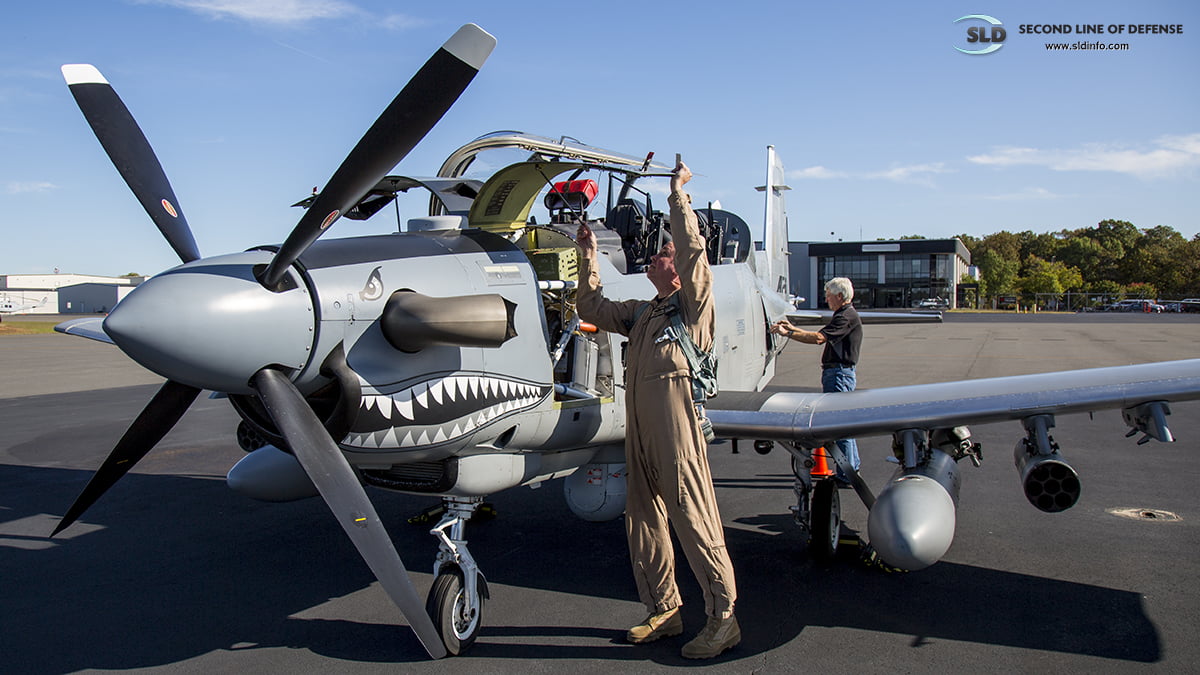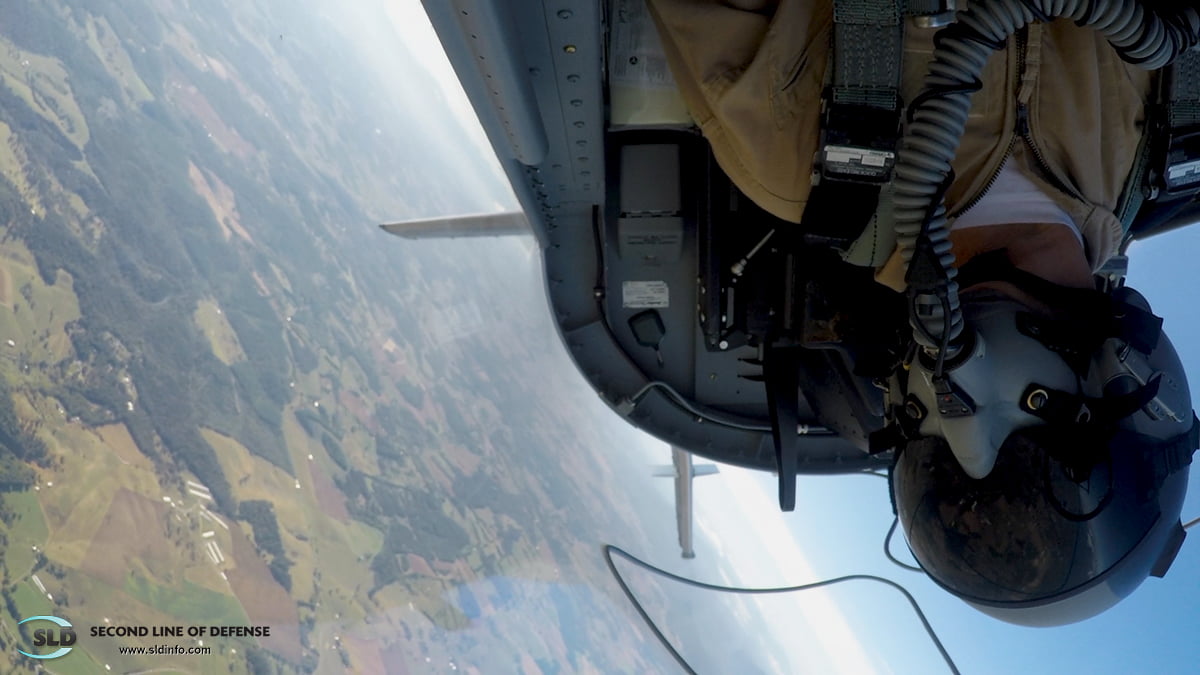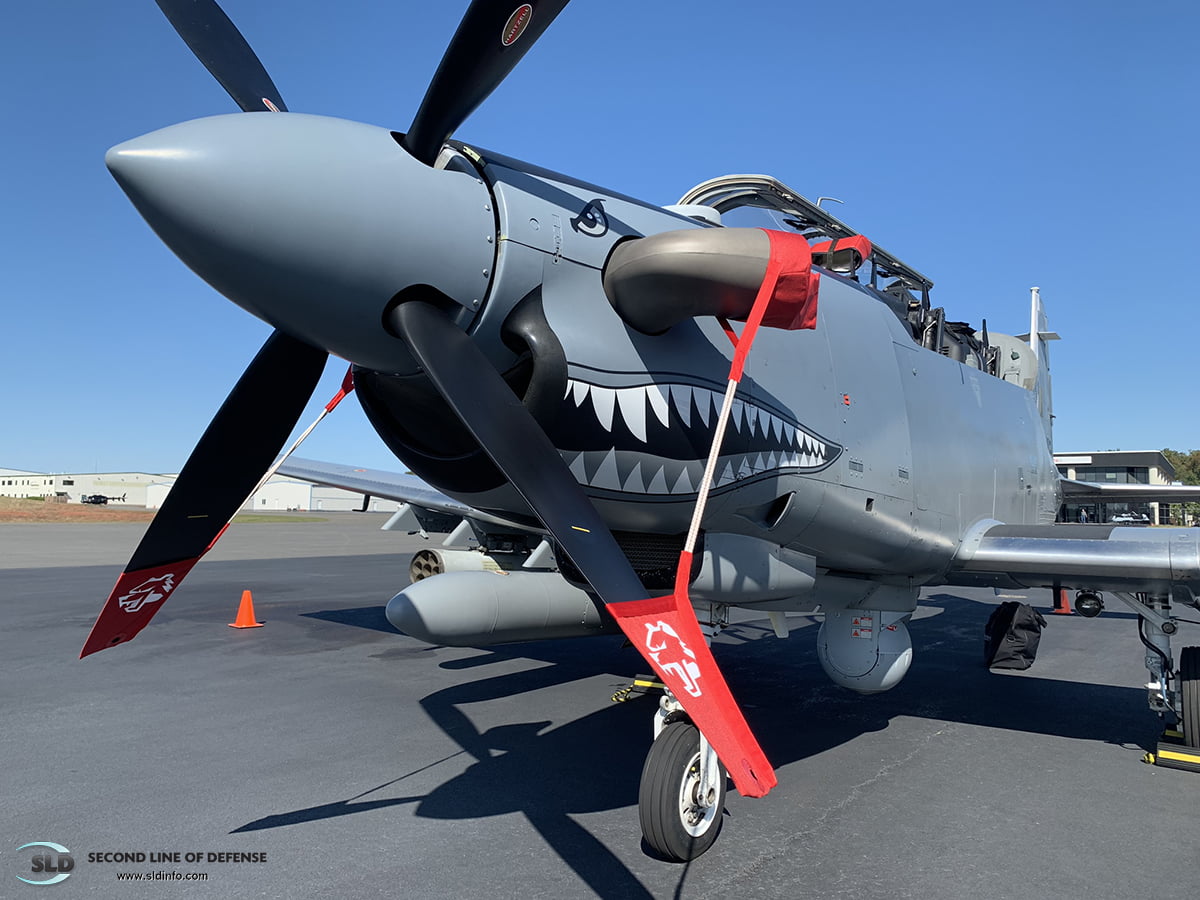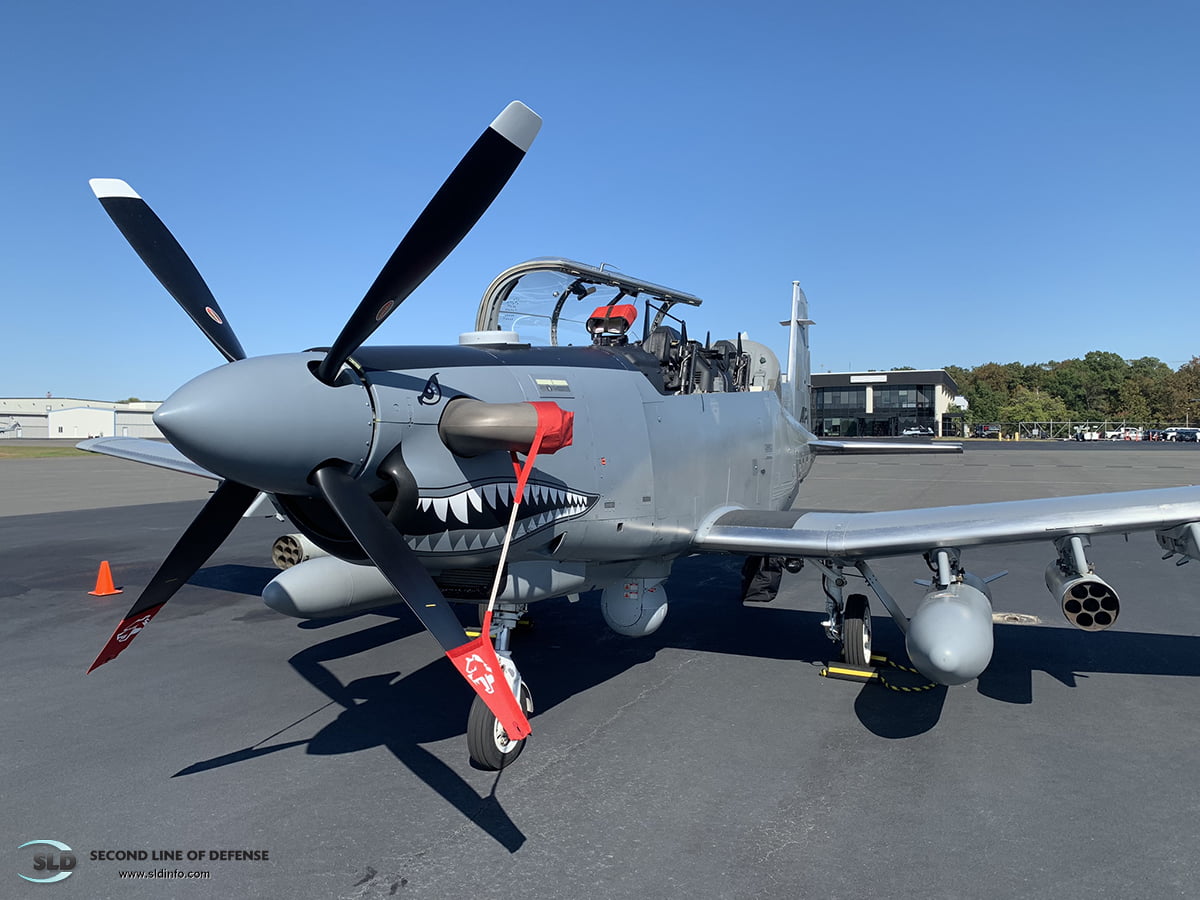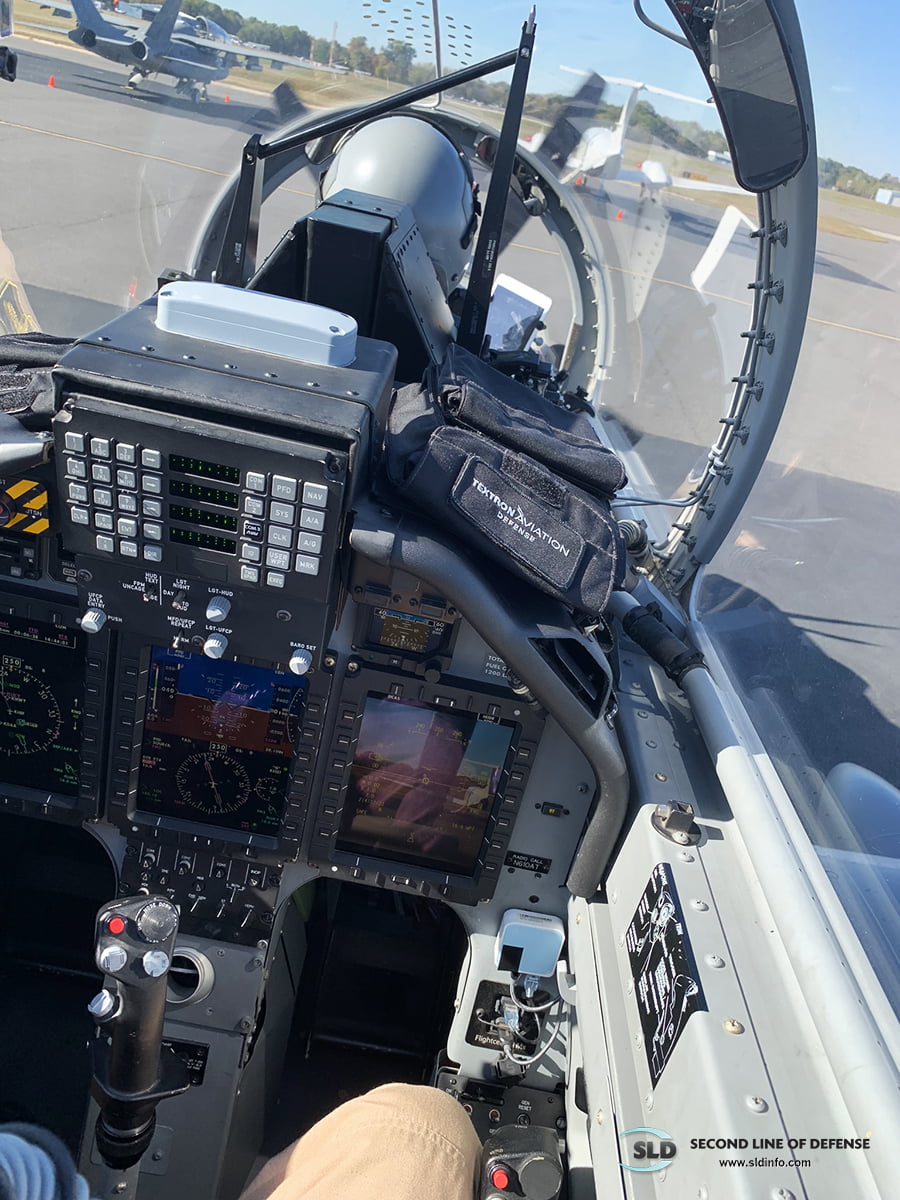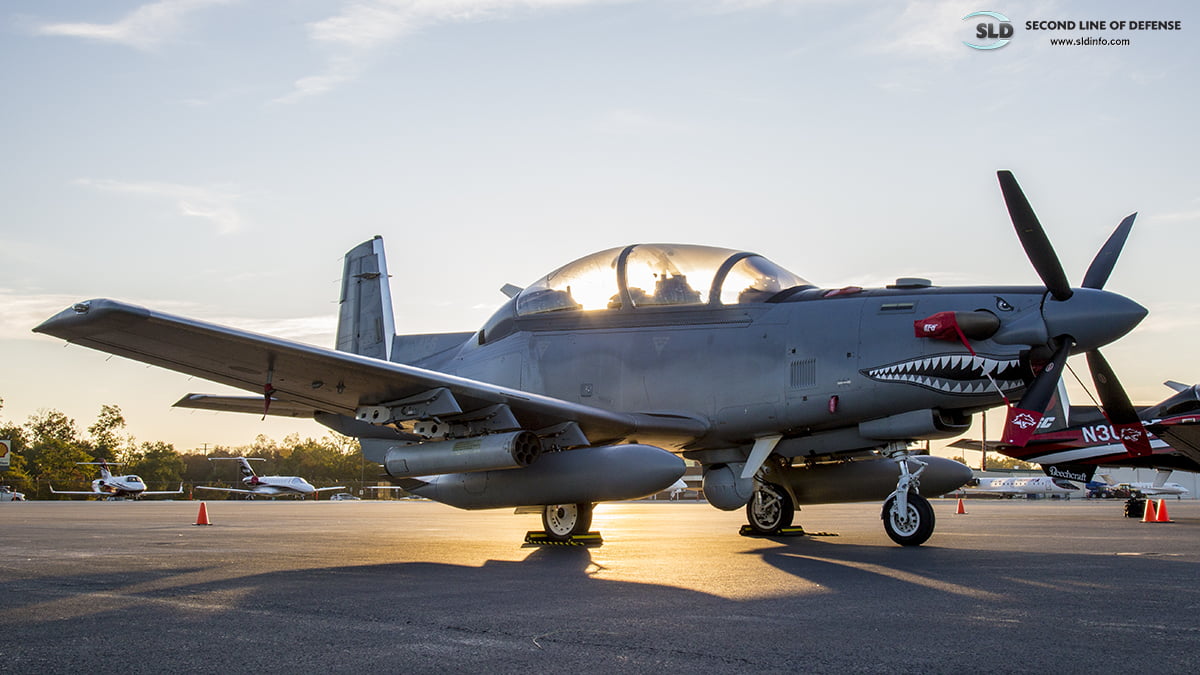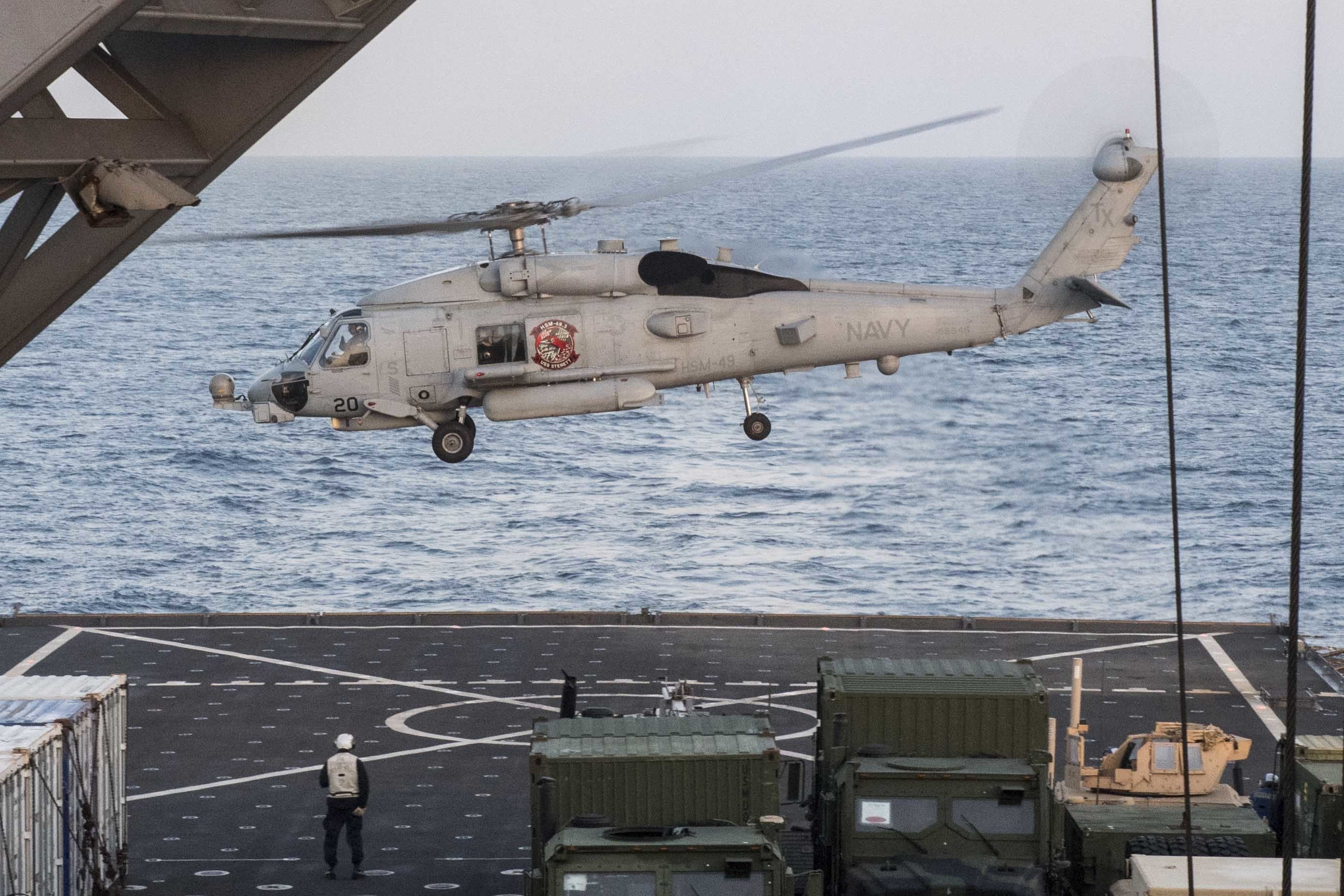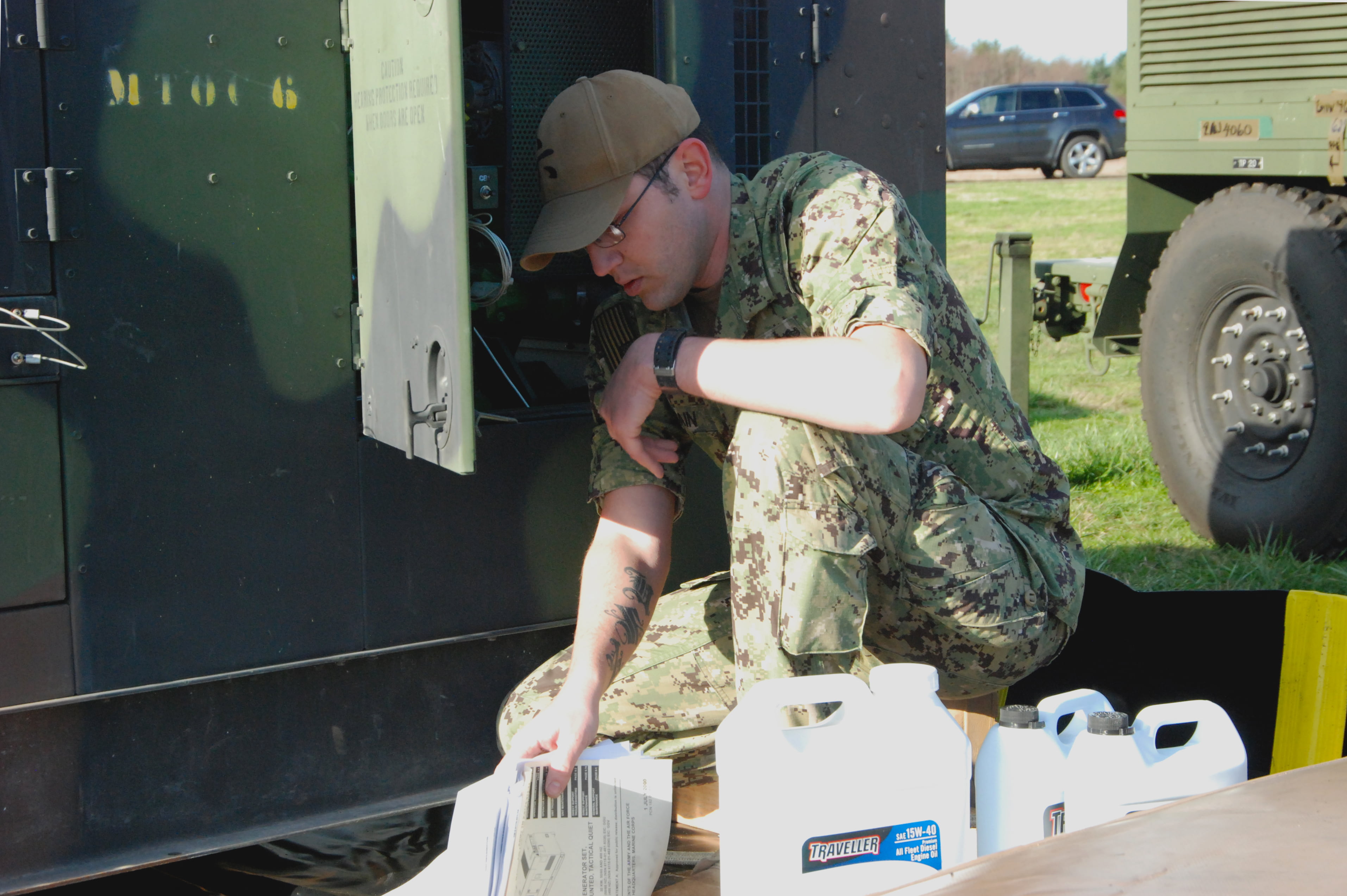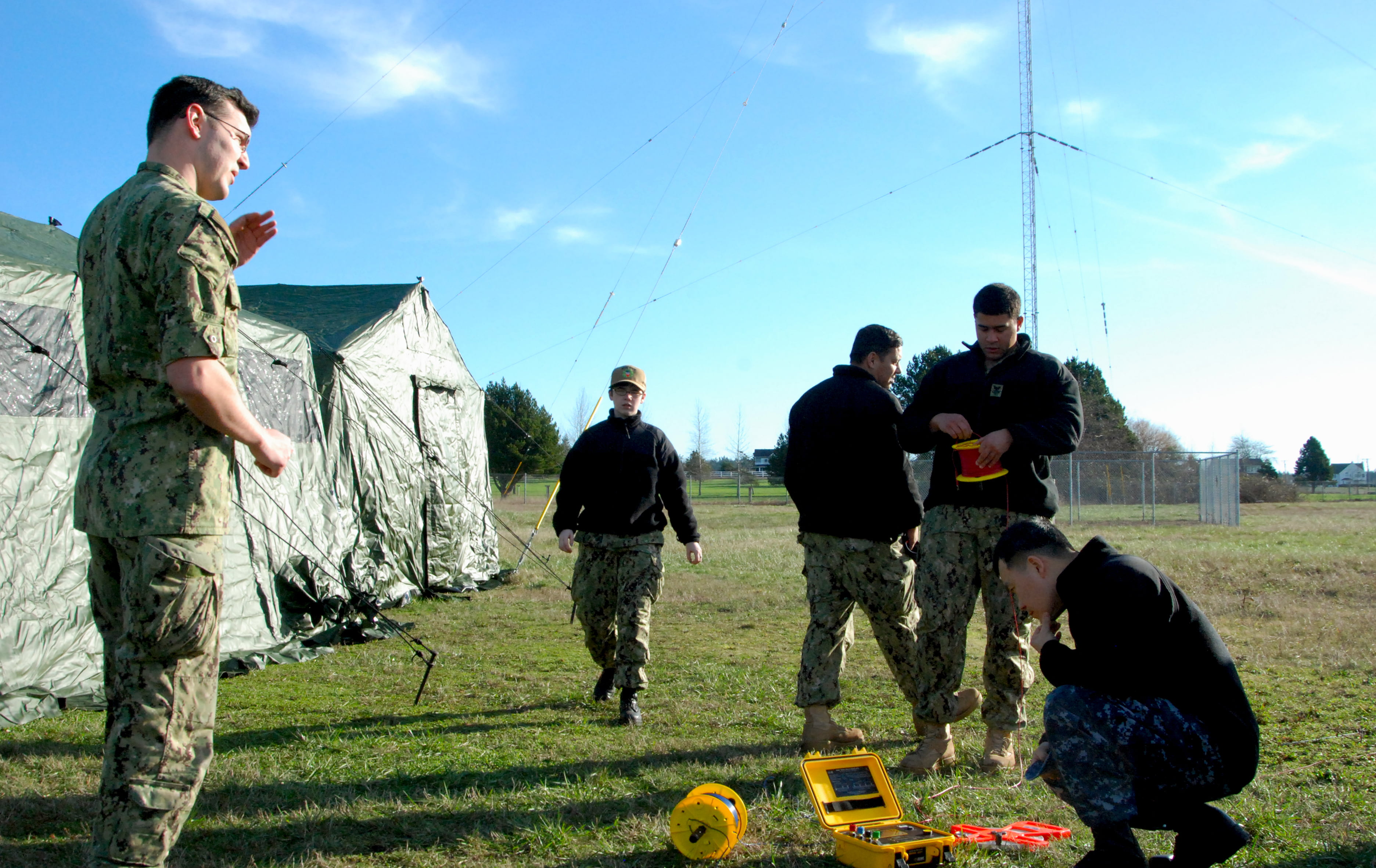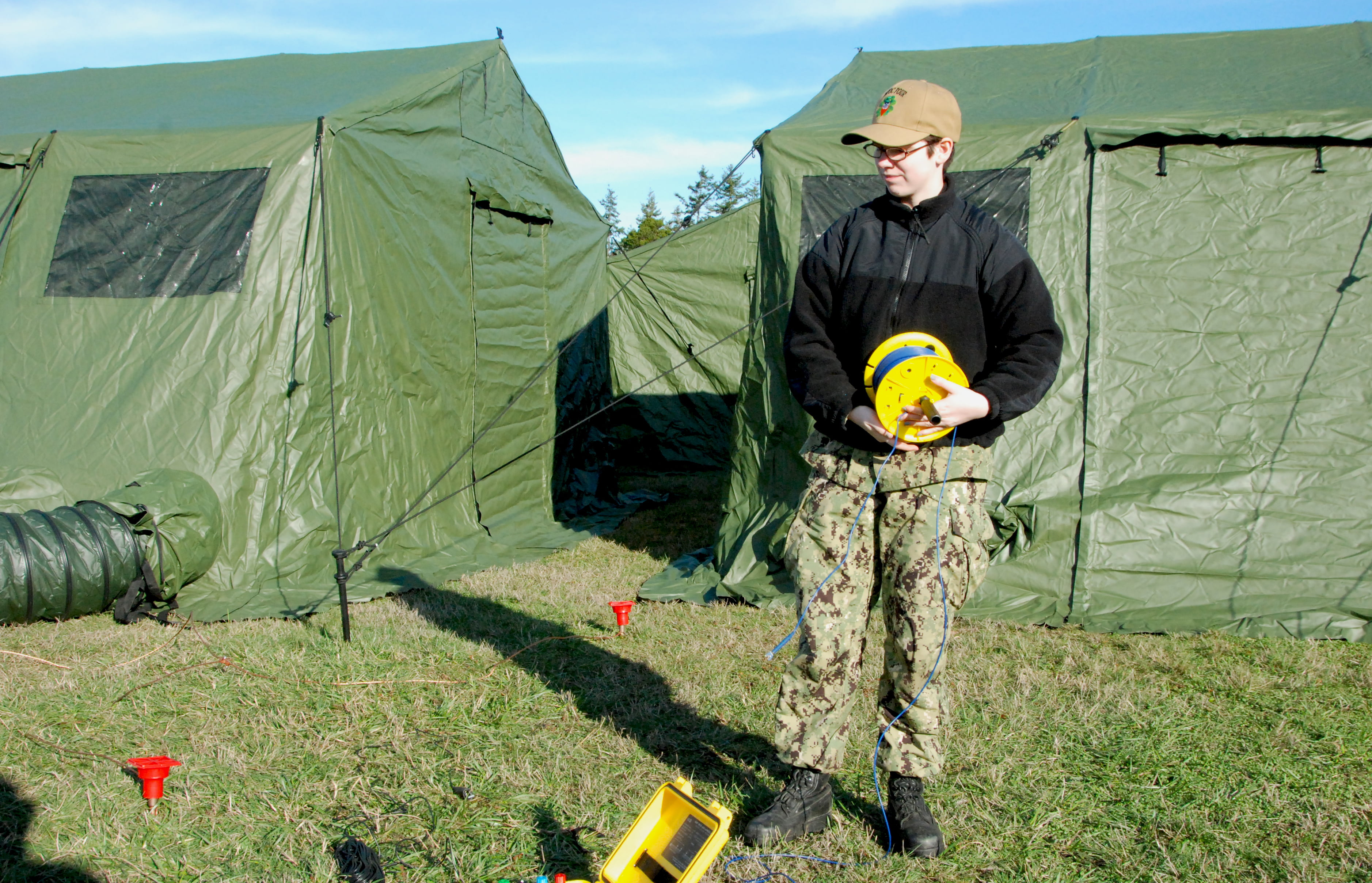By Robbin Laird
During my visit to the maritime patrol reconnaissance community during the week of June 14, 2020, I had a chance to meet with the leadership of the HSM Weapons School, Atlantic based at Mayport.
According to the US Navy’s description of the HSM Weapons School, Atlantic:
To counter small boat threats that began emerging in the early 1990s, the Helicopter Anti-Submarine Light (HSL) community began deploying helicopters armed with crew-served .50 caliber machine guns and AGM-114 Hellfire missiles.
This enhanced lethality required comprehensive weapons and tactical training, so the U.S. Atlantic Fleet HSL Wing Commander established a Weapons and Tactics Unit (WTU) manned by a select handful of highly specialized and trained pilots and aircrewmen. The resounding success of the WTU made it clear to the leaders of the helicopter community that centralized, standard training was the most efficient way to prepare combat detachments for sea.
Helicopter Maritime Strike (HSM) Weapons School Atlantic, was officially established as a new command on 18 May 2005. The HSM Weapons School serves as the Atlantic Fleet’s center of tactical excellence for training and evaluation of Maritime Strike combat helicopter aircrews. It is responsible for developing and maintaining cost-effective, standardized tactical curricula, including academic, simulator, and flight events for the MH-60R Seahawk helicopter.
The squadron is organized into cells that specialize in the three primary HSM mission areas of Surface Warfare, Electronic Warfare, and Anti-Submarine Warfare. The Weapons School also provides training on conventional ordnance handling and loading, crew served and personal weapons, Low-Slow Flyer Intercept, Maritime Interdiction and coordinates a multitude of tactical development and evaluation projects aimed at making a more lethal force.
The Weapons School staff is comprised of dedicated Officers, Enlisted, Department of Defense employees, and specialized contractors. Many of these men and women are designated Seahawk Weapons and Tactics Instructors (SWTI), or hand-picked leaders in their areas of expertise chosen for their superior warfighting skills and tactical insight.
All SWTIs are graduates of the “SEAWOLF” course, named after the venerable Helicopter Attack (Light) Three (HAL-3) squadron of Vietnam. SEAWOLF is an intensive 8-week certification process that includes classroom, simulator, and flight events conducted by the Naval Aviation Warfighting Development Center at Naval Air Station Fallon, NV.
SWTIs administer the Helicopter Advanced Readiness Program along with many other advanced training and certification exercises involving the United States and Allies all over the world. The Weapons School callsign is “MAULER” representing the tenacity and overwhelming power that our community brings to bear.
The squadron’s motto is “Warrior Spirit” underscoring the focus and ferocity required to protect the United States of America from its enemies. HSM Weapons School Atlantic remains committed to elevating the tactical proficiency and lethality of combat aircrews at home and over the horizon.
In my discussion with CDR Nathaniel “Velcro” Velcio, the Commanding Officer of the School, we discussed the evolution of the community as the Navy has shifted from its support role in the land wars to operations in the extended battlespace against peer competitors.
The broad point driven home by the CO was that in the land wars, the carrier strike groups were focused on support for the land forces and as such operated close to land.
This meant that the Romeo version of the Seahawks were clearly focused on the protection of the strike group from close in threats, notably, small boats, and subsurface threats of various kinds.
With the shift to a primary concern for the fight at sea, the strike groups have an increased focus on long range surface warfare in addition to ASW. The Romeo is using its long range detection capability in support of the strike groups and is working as well with interactivity with other assets which can provide the longer range capabilities for the offensive-defensive force which a strike group represents.
This evolution is a work in progress, as the US Navy and its coalition partners and the joint force re-focus on the challenge of dealing with peer competitors.
We discussed a number of the aspects of the strategic shift underway, and I will highlight the takeaways which I brought from the conversation, but am not holding the CO accountable for my conclusions.
But what I would note, is that CDR Velcio (Seahawk) and Lt. Gosselin (P-8), who was my host for the visit, and participated in the discussion, are fully onboard with refocusing on the Navy’s efforts to shape a lethal and effective kill web enabled force, and by so doing, are clearly rethinking how to use their respective platforms to support shaping a more integratabtle set of capabilities for the fleet and the coalition and joint force as well.
The first takeaway is the opportunity which better integration of an asset like the Romeo within the kill web approach can provide for the fleet.
With the legacy platform build approach, the focus has been upon data links from that platform to the force, without focusing on integrability.
The coming of the Minotaur front end to manage data streams into a single common operating picture is a key step forward to enhanced integrability which will then enhance the role of the Romeo in supporting the fleet as well.
As Rear Admiral Garvin put it: “The Minotaur Track Management and Mission Management system was developed in conjunction with the Johns Hopkins University Applied Physics Laboratory. Minotaur was designed to integrate sensors and data into a comprehensive picture which allows multiple aircraft and vessels to share networked information.
“It is basically a data fusion engine and like many software capabilities these days, doesn’t physically have to present on a platform to be of use.
“These capabilities ride on a Minotaur web where, if you are on the right network, you can access data from whatever terminal you happen to be on.”
Bringing the various wave forms into a single screen via Minotaur allows those data streams to come together and to shape a common operating picture. With the Minotaur web everyone has access to the same COP regardless of whether you are airborne or onboard a ship.
The second takeaway is that integrability requires training to achieve a common operating understanding as well. The P-8 and Romeo communities are now cross learning by putting their operators in each other’s simulators, as well as focusing on more common cross-platform training in Florida as well.
Such cross training is reduced though by the fact that their simulators cannot work together. Clearly, as the US Navy pursues a kill web approach, clusters of platforms that are going to work together to shape a shared targeting solution, need to have their simulators integrate as well.
For example, the P-8, and Seahawk, with the coming of MQ-25 should be able to cross train in the synthetic environment.
And other new options, such as the Viper operating with Seahawk would be facilitated by integration in the synthetic or simulated environment as well.
The third takeaway is that integration of P-8. Triton, Seahawk and Vipers could provide a whole new role for the L class ships.
Rather than being greyhound buses, the new LHA’s could spearhead a whole new sea denial capability. With Romeos onboard then their ability to integrate with Link-16 enabled Vipers could provide for data flowing from the P-8/Triton dyad and sensors on the MQ-25 to shape new capabilities, simply by wave form linkages, cross training, and new kill web enabled concepts of operations.
To be clear, integrated operations with L-16 enabled Vipers has the potential to enhance close in defense which is a key task, which frees up other assets to focus on longer-range surface warfare peer threats.
The fourth takeaway would be that platforms like the Romeo should have a seat at the table determining which passive sensors should go on platforms operating in the extended battlespace.
For example, the Navy is replacing the C-2 with the CMV-22B. But which passive sensors onboard the CMV-22B would be useful to provide data to the Romeo in its extended range EW/SUW role?
CDR Velcio put it: “We tend to focus on the sensors to be put under the glass.
“But what we should also focus on are the sensors that could be added to a platform, that the air crews will not be operating.
“We can get a significant combat effect by having the right sensors on a platform, but which do not require operational control by that platform’s air crew.”
A fifth takeaway is we could make much better use of the global partnerships enabled by a program like the Seahawk.
With regard to the Australians, their Romeos and the US Navy’s are virtually the same and both forces are working common TTPs.
This also means for the Australians as they rethink the role of their amphibious ships, they can work Romeos with Vipers, if they choose to buy them, into a formidable capability flying off of an amphibious ship, now not just a greyhound bus, but a key part of a sea denial mission.
With regard to NATO, there is some commonality in operations. According to CDR Velcio, if the ally in question is operating a dipping sonar system, such as the Canadians do with Cyclone and the Brits do with Merlin.
In short, by shaping a kill web approach, one rethinks how an asset like the Romeo could be used much more effectively in support of the force in the extended battlespace.
And one can also focus on how individual platforms might be modernized more effectively but in terms of the pairings with the other platforms with which they operate and to ensure that they can work in a common synthetic environment as well.
The featured photo shows the Romeo testing its dipping sonar. Photo credit: US Navy.
The video below is from NATO and hihglights NATO ASW Exercise MANTA held last year.
Dynamic Manta 2019 brought together 10 NATO Allies to practice the complex task of anti-submarine warfare.


